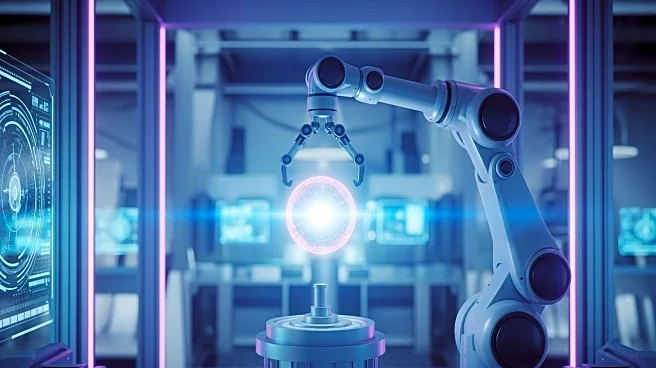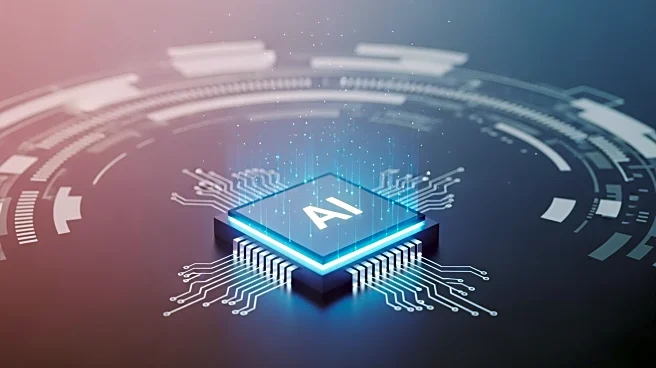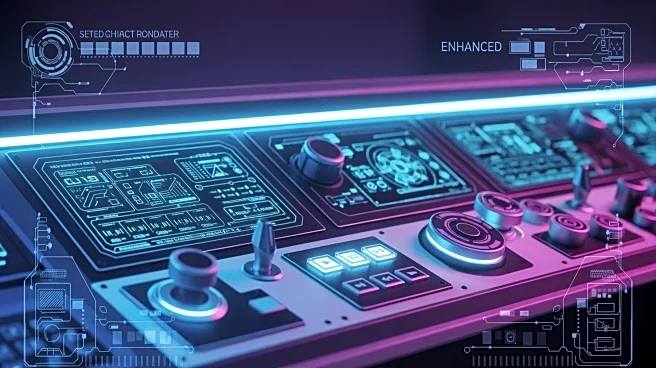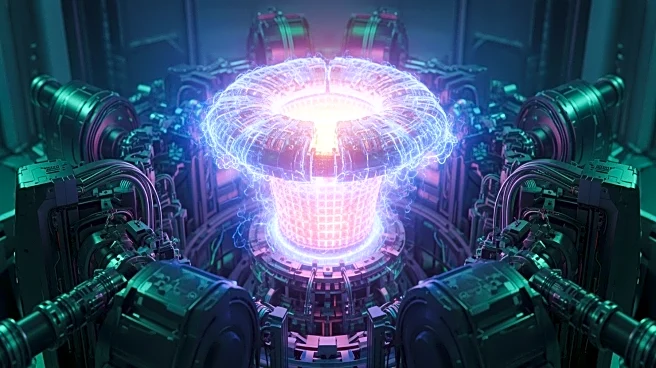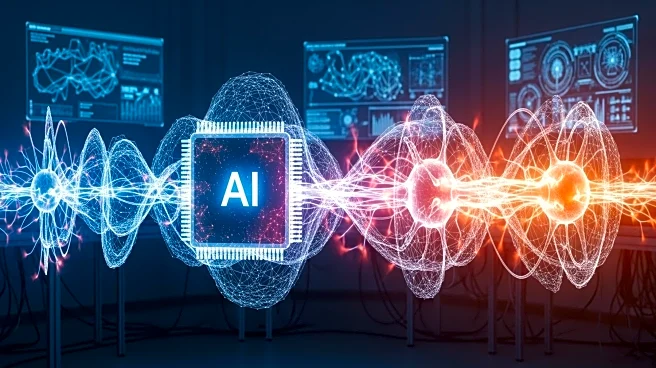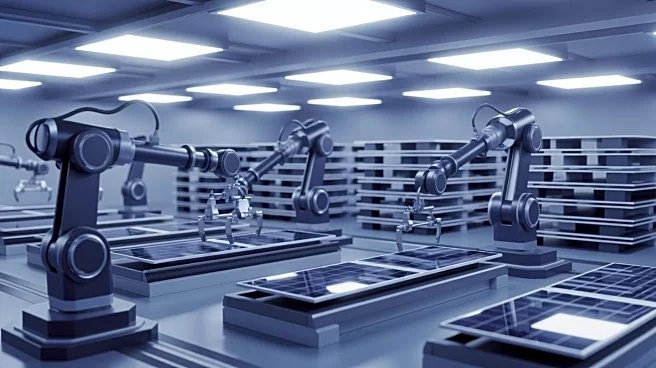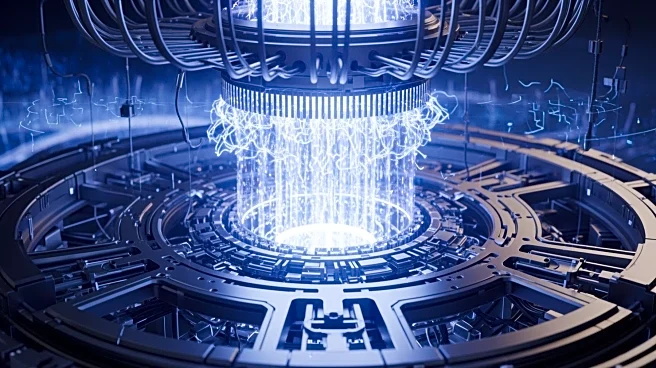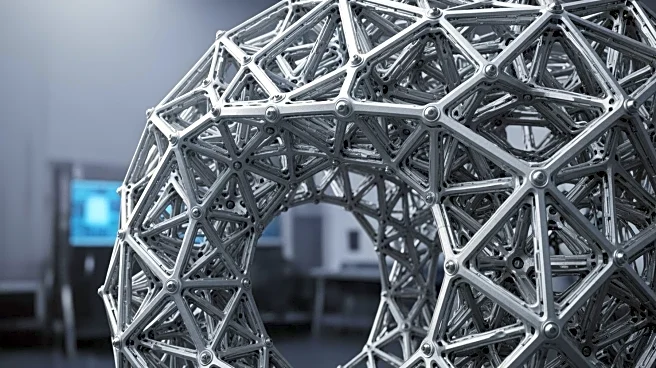What's Happening?
Researchers have developed a hybrid AI model using reinforcement learning to improve the safety of plasma shutdowns in tokamak fusion reactors. The model, trained on a limited number of high-performance
plasma shots, combines physics-based modeling with machine learning to predict plasma behavior during shutdowns. This approach has been validated on the Tokamak à Configuration Variable (TCV) in Switzerland, demonstrating significant improvements in rampdown safety and efficiency.
Why It's Important?
The ability to safely manage plasma shutdowns is crucial for the viability of fusion power as a clean energy source. The use of reinforcement learning in this context represents a significant advancement in fusion reactor control, potentially reducing the risk of disruptions that can damage reactor components. This development could accelerate the commercialization of fusion energy, offering a sustainable alternative to traditional power sources.
What's Next?
The successful implementation of this AI-driven approach in real-world experiments suggests that similar techniques could be applied to other fusion reactors, including larger-scale devices like ITER. Continued research and development in this area may lead to more robust and reliable fusion power systems, influencing energy policy and investment decisions.
Beyond the Headlines
The integration of AI in fusion reactor control highlights the potential for machine learning to address complex scientific challenges. It also underscores the importance of interdisciplinary collaboration between AI researchers and physicists in advancing technological solutions for global energy needs.
